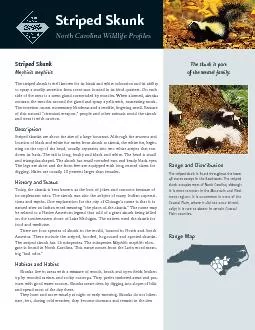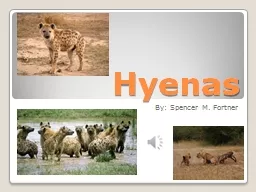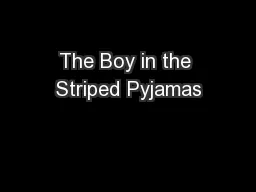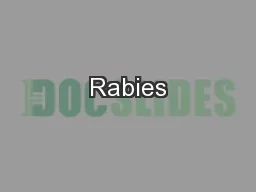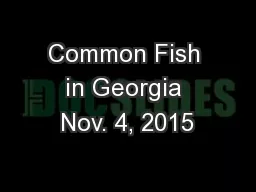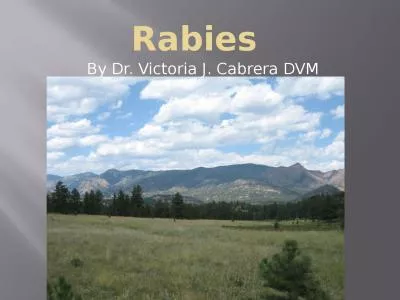PDF-Striped Skunk
Author : faustina-dinatale | Published Date : 2015-10-23
Mephitis mephitisThe striped skunk is well known for its black and white coloration and its abilityto spray a smelly secretion from scent sacs located in its hind
Presentation Embed Code
Download Presentation
Download Presentation The PPT/PDF document "Striped Skunk" is the property of its rightful owner. Permission is granted to download and print the materials on this website for personal, non-commercial use only, and to display it on your personal computer provided you do not modify the materials and that you retain all copyright notices contained in the materials. By downloading content from our website, you accept the terms of this agreement.
Striped Skunk: Transcript
Download Rules Of Document
"Striped Skunk"The content belongs to its owner. You may download and print it for personal use, without modification, and keep all copyright notices. By downloading, you agree to these terms.
Related Documents

